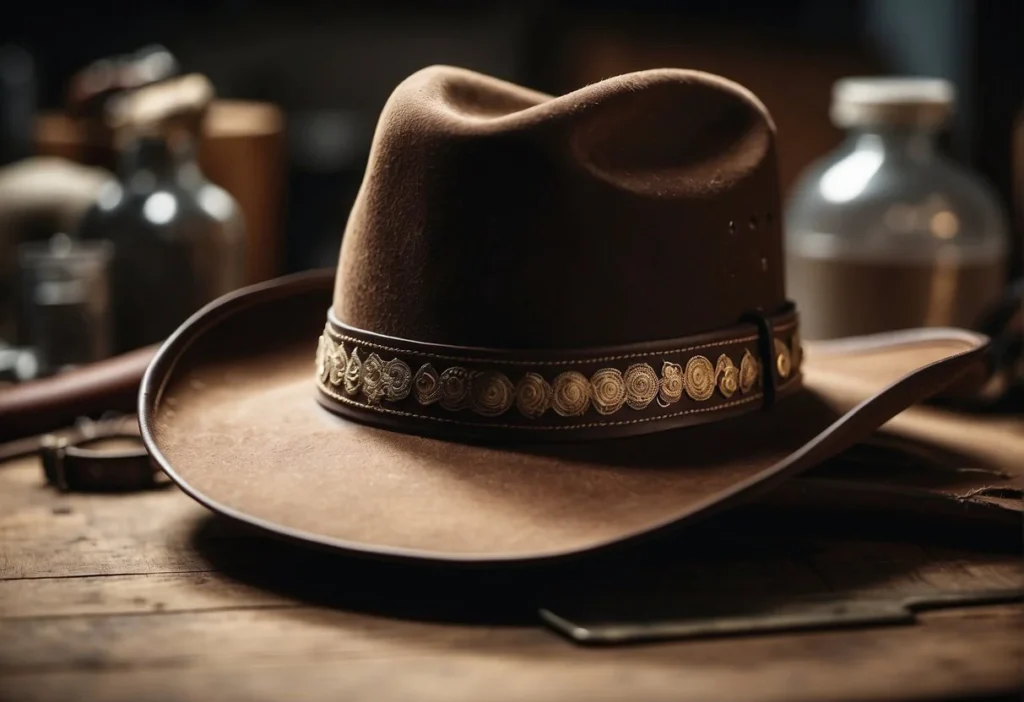Historical Significance: Hats as Symbols of Status and Style
by siteadmin

Throughout history, hats have held a prominent place in fashion, serving as both practical accessories and powerful symbols of status, identity, and style. From the elegant top hats of Victorian gentlemen to the flamboyant fascinators of high society, the evolution of hats reflects the shifting social, cultural, and fashion trends of each era. In this blog post, we’ll explore the rich historical significance of hats, uncovering the stories behind these iconic headpieces and their enduring legacy in fashion.
Hats Through the Ages: From Function to Fashion
In ancient civilizations, hats served primarily practical purposes, providing protection from the elements and signaling social status or occupation. The towering headdresses of Egyptian pharaohs and the feathered bonnets of European royalty were not only symbols of power and authority but also expressions of wealth and extravagance.
The Renaissance of Headwear: Fashion and Elegance
During the Renaissance period, hats underwent a transformation from utilitarian garments to fashionable accessories. Elaborate headpieces adorned with feathers, jewels, and intricate embroidery became the epitome of elegance and sophistication. The popularity of hats as status symbols reached its zenith, with elaborate designs reflecting the wealth and social standing of their wearers.
The Age of Enlightenment: Symbolism and Rebellion
In the 18th and 19th centuries, hats took on new meanings as symbols of social class, political affiliation, and personal identity. The tricorne hats of revolutionaries and the powdered wigs of the aristocracy symbolized the entrenched divisions of society, while the emergence of the top hat as a symbol of wealth and status epitomized the elegance of the Victorian era.
The Modern Era: From Bowlers to Baseball Caps
The 20th century saw a proliferation of hat styles, from the iconic bowler hats of British gentlemen to the fedoras of American gangsters. As fashion evolved, hats became more accessible to the masses, with styles such as the Panama hat and the baseball cap transcending social boundaries and becoming ubiquitous symbols of casual style and urban cool.
Hats Today: A Fusion of Tradition and Innovation
In the 21st century, hats continue to play a significant role in fashion, albeit with a more eclectic and diverse range of styles. From statement-making fascinators worn at royal weddings to trendy beanies adorned with logos and slogans, hats remain versatile accessories that allow individuals to express their personality, identity, and sense of style.
The Enduring Legacy of Hats
In the ever-changing landscape of fashion, hats stand as timeless symbols of tradition, innovation, and individuality. From their humble origins as practical head coverings to their evolution into iconic fashion statements, hats have captured the imagination of people across cultures and generations. As we continue to embrace the rich historical significance of hats, we honor their enduring legacy as symbols of status, style, and self-expression.
Throughout history, hats have held a prominent place in fashion, serving as both practical accessories and powerful symbols of status, identity, and style. From the elegant top hats of Victorian gentlemen to the flamboyant fascinators of high society, the evolution of hats reflects the shifting social, cultural, and fashion trends of each era. In this…
Recent Posts
- Sons of Monaco Painting Unveils the Ultimate Solution: Roll vs. Spray for Exterior Paint
- Bonnets and Brimmed Hats: Exploring Early Women’s Headwear
- Renaissance Elegance: A Closer Look at Feathered Hats and Berets
- Cultural Significance: Exploring the Rich Rituals and Traditions of Jewelry
- The Beauty Ritual: Moisturize and Hydrate for Radiant Skin
